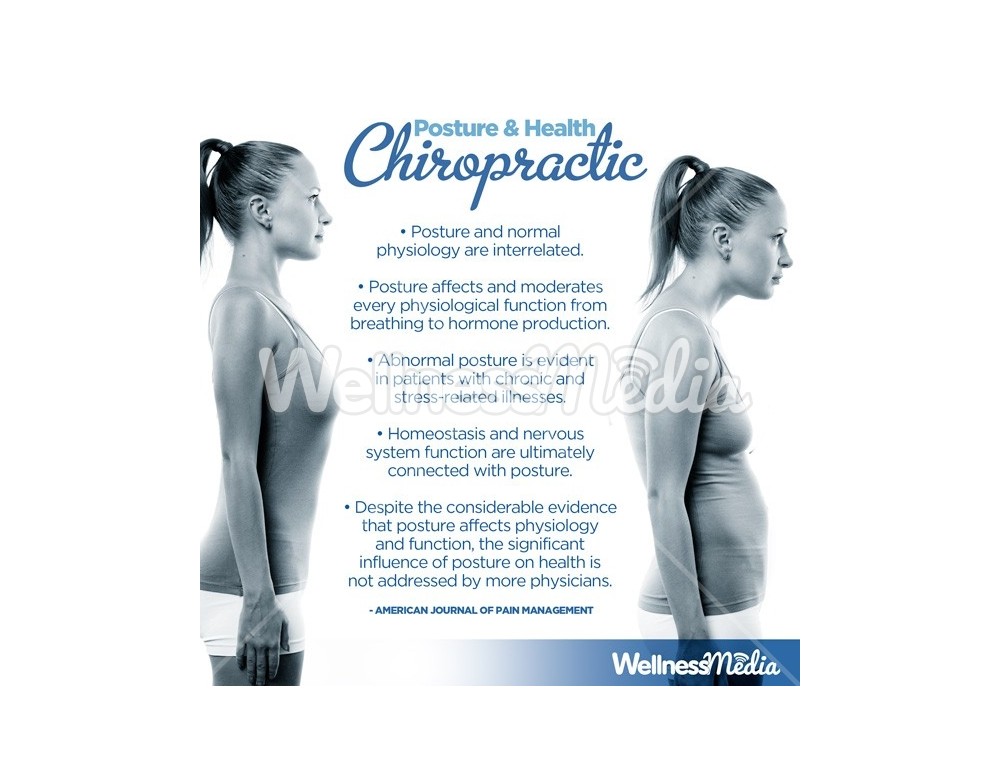Elements Contributing To The Increasing Popularity Of Cold Laser Treatment
Elements Contributing To The Increasing Popularity Of Cold Laser Treatment
Blog Article
Developed By-
You have actually probably discovered the rise of cold laser therapy in different centers and sporting activities facilities. It's becoming a best option for athletes and those taking care of chronic pain. This non-invasive therapy provides benefits that conventional methods frequently can not match. However what exactly is driving this trend? Exploring its applications in sports medicine and pain administration could shed light on its expanding charm.
Applications in Sports Medicine
As athletes push their bodies to the limits, they usually face injuries that can sideline them for weeks or perhaps months.
In such cases, cold laser therapy emerges as an effective tool in sports medicine. This non-invasive therapy uses low-level lasers to pass through tissues, promoting healing and lowering swelling.
You'll discover it particularly beneficial for strains, strains, and tendonitis, as it accelerates recuperation without the demand for drugs. Unlike traditional techniques, cold laser therapy permits you to return to training earlier, minimizing downtime.
Lots of sports facilities now provide this innovative treatment, identifying its effectiveness. By incorporating it into your recuperation routine, you can enhance performance and preserve your one-upmanship, guaranteeing you're constantly all set for the next difficulty.
Perks in Pain Monitoring
Cold laser treatment isn't simply a game-changer for professional athletes; it likewise offers significant benefits in pain monitoring for a range of problems.
If https://www.diabetes.co.uk/news/2017/mar/low-level-laser-therapy-could-be-effective-pain-relief-for-diabetic-neuropathy-96261134.html dealing with persistent pain, this non-invasive therapy can offer relief without the adverse effects commonly connected with medications. Cold laser therapy works by promoting your body's natural healing processes, decreasing swelling, and advertising cell regrowth.
You may discover it valuable for problems like arthritis, tendonitis, or neck and back pain. Several patients report a decline in pain degrees and a renovation in their general quality of life.
Plus, it's a fast treatment, frequently requiring just a few sessions to discover outcomes. If you're looking for an effective discomfort monitoring solution, cold laser treatment could be worth considering.
Duty in Recovery and Recovery
When recovering from an injury, making use of cold laser therapy can significantly boost your rehabilitation process. visit the following web site -invasive treatment promotes cells repair work by promoting cellular activity, which aids your body recover much faster.
You'll see minimized inflammation, discomfort alleviation, and enhanced flexibility, enabling you to gain back toughness and capability better.
Cold laser treatment enhances blood flow to the affected location, delivering important nutrients and oxygen that help in healing. And also, it can help reduce mark tissue formation, ensuring a smoother recovery journey.
Numerous physiotherapists are integrating this treatment into their therapy strategies, acknowledging its prospective to accelerate healing. By integrating cold laser therapy right into your rehab, you're offering yourself the very best chance to return to your typical activities quicker and with much less discomfort.
Conclusion
Cold laser treatment is getting grip for a factor. It provides a non-invasive service that successfully deals with sporting activities injuries and persistent discomfort, making it a go-to for athletes and day-to-day people alike. You'll value just how it lowers swelling and promotes recovery without the negative effects of standard drugs. As more centers welcome this cutting-edge strategy, you'll locate it improves healing and enhances wheelchair, really revolutionizing exactly how we consider discomfort monitoring and rehabilitation.
